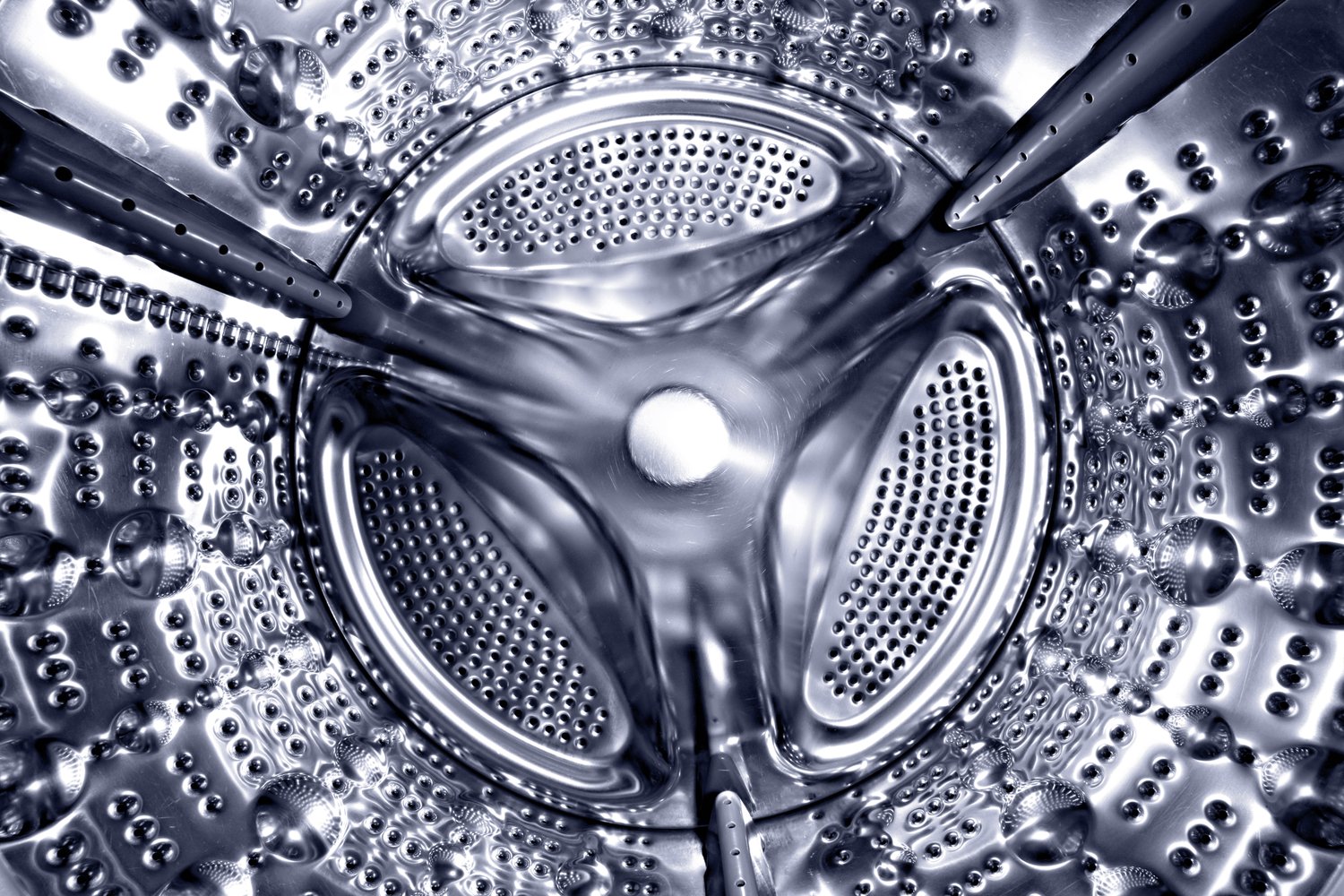When your washing machine’s spin cycle fails to perform, it can turn laundry day into a frustrating ordeal. These issues not only hinder the cleanliness of your clothes but also strain your appliance over time. Understanding and resolving these problems is crucial for maintaining a healthy, efficient machine.
- Identify the most common causes of spin cycle issues, such as load imbalance and drainage problems, to ensure your machine’s efficiency.
- Learn the reasons behind load imbalances and practical ways to adjust them for optimal spin performance.
- Explore step-by-step troubleshooting techniques to address and rectify spin cycle malfunctions effectively.
- Incorporate regular maintenance tips that help prevent future spin cycle problems, extending your washing machine’s lifespan.
By diving into the various aspects of spin cycle maintenance and repair, you’ll gain valuable insights that simplify laundry management. Engage with the information offered in this guide to transform your appliance’s performance and share your experiences in the conversation below.
Understanding Common Washing Machine Spin Cycle Problems
When your washing machine is not spinning as it should, it can be a frustrating experience. Common issues during the spin cycle include problems like imbalance, drainage complications, and load distribution errors. Such issues not only affect the efficiency of your machine but can also lead to longer drying times for your laundry.
Imbalance is a typical problem where the washing drum wobbles excessively during spinning. This often leads to inefficient water removal and can cause the machine to stop spinning altogether. Another frequent issue is drainage problems, which occur when water is not properly expelled from the drum. This can result from clogs in the filter or drainage hose.
Load distribution plays a significant role in spin cycle efficiency. Unevenly distributed clothes can create an imbalance, causing the machine to shake or even stall. By understanding these typical spin cycle problems, you can take proactive steps to ensure your washing machine operates smoothly and efficiently.
Diagnosing Spin Cycle Imbalances
Spin cycle imbalances often stem from improperly loaded laundry. Ensuring even distribution of clothes is crucial for smooth spinning and proper water removal. Overloading the machine or washing items of significantly different sizes can create an imbalanced drum.
Start by pausing the cycle and redistributing the clothes. This simple adjustment often resolves minor imbalance issues. Check for any heavy items, like towels or jeans, that may be clumping together and causing the drum to tilt.
If the problem persists, inspect the washing machine’s leveling. Uneven flooring can exacerbate spin cycle imbalances. Adjust the leveling feet of your machine to ensure it sits equally in all corners. This foundational stability often contributes to effective spinning and efficient water extraction.
Troubleshooting Washing Machine Spin Cycle Problems
Experiencing issues with your washing machine’s spin cycle can be frustrating. However, understanding and addressing the problem can bring your appliance back to peak performance. One common cause of spin cycle issues is improper load distribution. This can lead to the drum spinning unevenly, causing loud noises or even halting mid-cycle.
Begin your troubleshooting by stopping the machine and manually redistributing the load. Ensure clothes are evenly spread within the drum. This can balance the weight, facilitating smoother spinning. Additionally, inspect the drain hose for any clogs that might impede water evacuation, leading to incomplete spins. Clearing obstructions can enhance spin efficiency.
If issues persist, check the filter for blockages. A clogged filter can disrupt the draining process, impacting the spin cycle. Clean the filter as per the manufacturer’s instructions to restore optimal performance.
Another element to consider is the washing machine belt. Over time, belts can wear out and loosen, affecting the spin cycle. Inspect the belt for signs of wear and tear. If needed, replace it to ensure your washing machine can spin correctly.
By following these troubleshooting steps, you can often resolve spin cycle problems efficiently. Should the problem continue, consulting a professional might be necessary to diagnose more complex issues.
Preventing Future Spin Cycle Problems
Implementing regular maintenance practices can preempt spin cycle issues, enhancing your washing machine’s performance and longevity. One of the most effective prevention tips is to avoid overloading the machine. Heavy loads can strain the motor and disrupt balance during spinning, leading to frequent malfunctions.
Develop a habit of inspecting the drum for objects like coins or buttons that might have slipped in unnoticed. These items can damage the drum or obstruct movement, causing spin cycle issues.
Regularly clean both the detergent drawer and the door seal. Over time, soap residue and mildew can accumulate, affecting the washing machine’s functionality. Simple cleaning can ensure a smoother spin cycle and reduce wear over time.
Consider conducting periodic checks on internal components such as the motor coupler and shock absorbers. These parts withstand significant forces during spinning and, if worn, can lead to operational issues. Replacing compromised components proactively can prevent unexpected breakdowns.
Finally, maintain a regular schedule for professional servicing. A qualified technician can identify potential problems early, saving you from more significant issues in the future.
By integrating these preventative measures, you channel your efforts toward sustaining an efficient washing machine, reducing the likelihood of bothersome spin cycle interruptions.
Frequently Asked Questions about Washing Machine Spin Cycle Problems
Why is my washing machine not spinning?
Check if the load is unbalanced or the door is not fully closed. Also, ensure that the drainage system is not clogged.
How can I balance an overloaded washing machine?
Redistribute the clothes evenly. Avoid stuffing the machine to capacity to prevent imbalance.
What causes a washing machine to spin slowly?
This can be due to a worn drive belt, motor issues, or problems with the pump or filter.
Is it safe to continue using a washing machine with spin cycle issues?
No, continuing to use it can cause further damage. Diagnose and repair any issues first.
What regular maintenance prevents spin cycle problems?
Check and clean filters regularly, ensure balanced loads, and inspect hoses and belts for wear.
How do I know if my washing machine’s drainage is clogged?
If water remains in the drum after a cycle, it might indicate a clog. Inspect the drain hose and pump filter.





